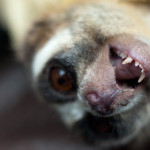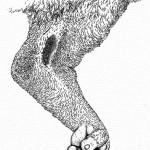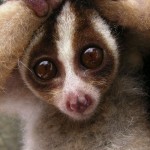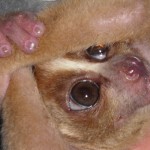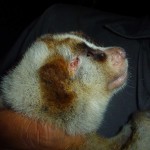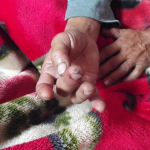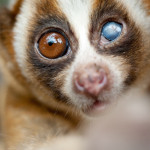Slow lorises are the world’s only known venomous primate! Following this discovery, Prof Anna Nekaris and the Little Fireface Project have been using a multidisciplinary approach to study the evolutionary and ecological context of venom in slow lorises. Here are some of the discoveries they have made to date….
Venom delivery
Slow lorises deliver venom through their teeth. The venom is produced by combining saliva and oil from the brachial gland, located on their elbow. Both the saliva and brachial oil can perform independently, but when combined form a new protein with increased potency.
Venom functions
The main functions of slow loris venom appear to be; 1) defence against other lorises, 2) repel parasites, 3) prey neutralisation, and 4) anti-predator defence. Research has shown that slow loris venom can impair and kill arthropods and small mammals, and repels larger mammals, with the potential to kill.
Venom effects
The venom of the slow loris can cause anaphylactic shock and even death in humans! George Madani experienced the painful toxic bite of a Kayan slow loris in 2012, and the plethora of undesirable side effects that follow. In conspecifics that have been bitten, wounds have been known to fester for weeks and leave deep scarring. This highlights the danger that comes with handling a slow loris just once!
Loris folklore
In Sundanese communities there are many “blood myths” related to the slow loris. Beliefs surrounding the effects of slow loris blood hitting the ground range from the soil drying out, to landslides and even the collapse of entire mountains.
The venom production of the slow loris cannot be “removed”, just one of the many reasons that slow lorises are NOT suitable pets. Through understanding the evolution and ecology of slow loris venom, we hope that the world will appreciate the unique nature of these dangerous primates, and that they belong in the wild!
This study of slow loris venom is ongoing, so keep checking back for updates as we discover more about these fascinating primates…

